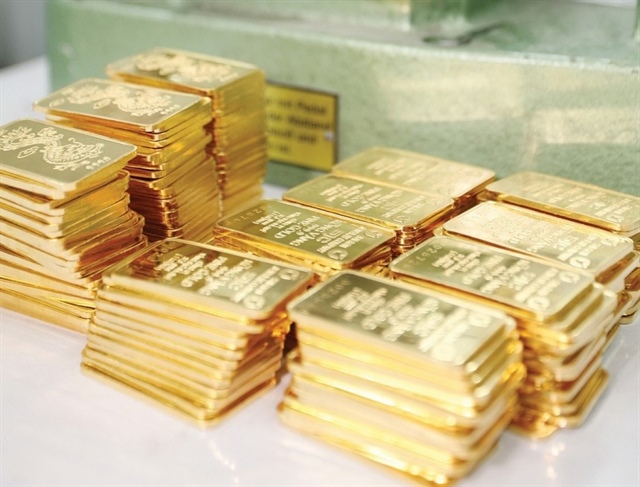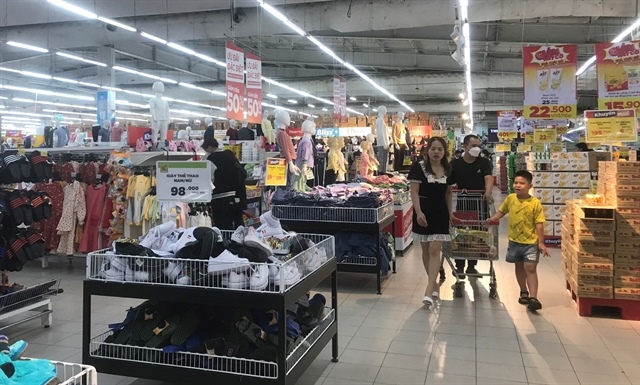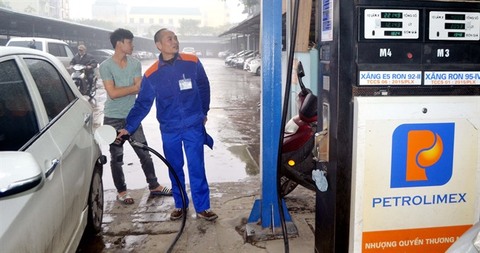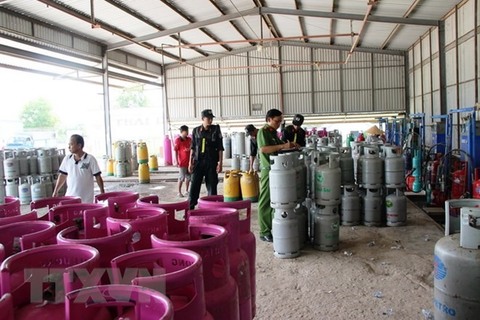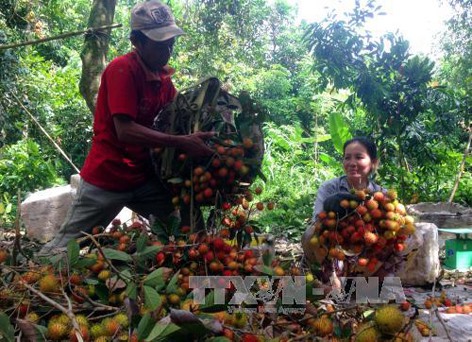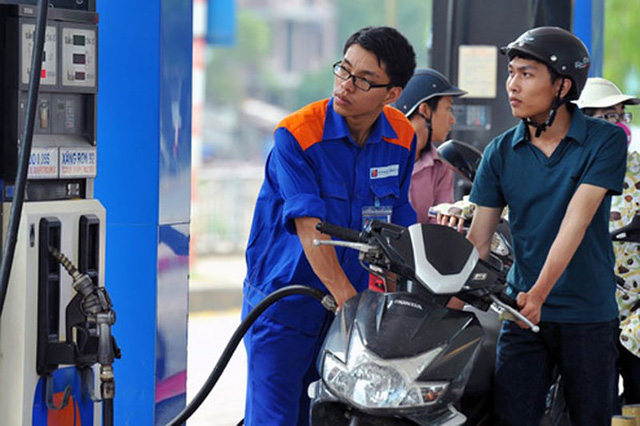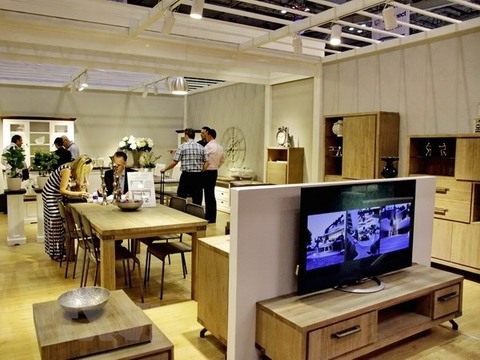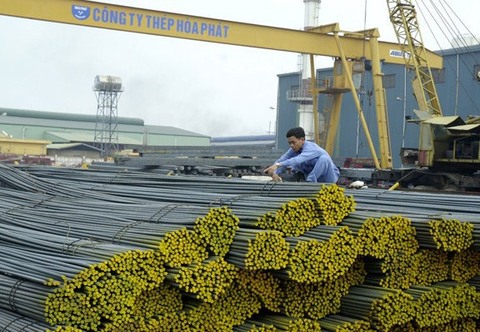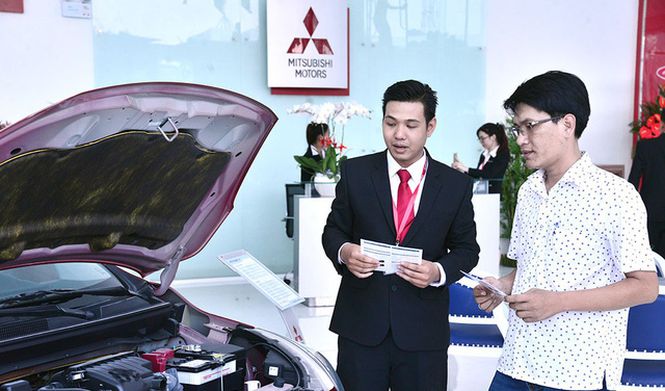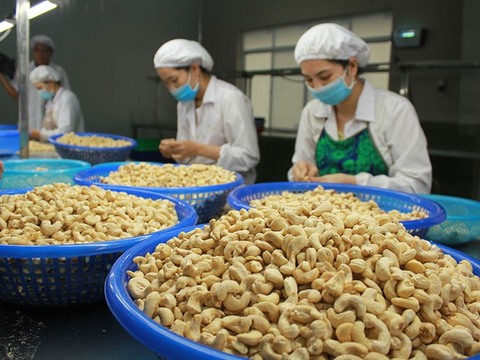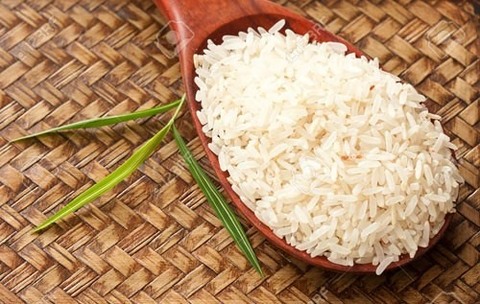Hot or cold? Vietnamese give icy reception to frozen meat
Hot or cold? Vietnamese give icy reception to frozen meat
The Vietnamese habit of opting for meat advertised as freshly butchered over frozen alternatives is one many experts say should be reconsidered.
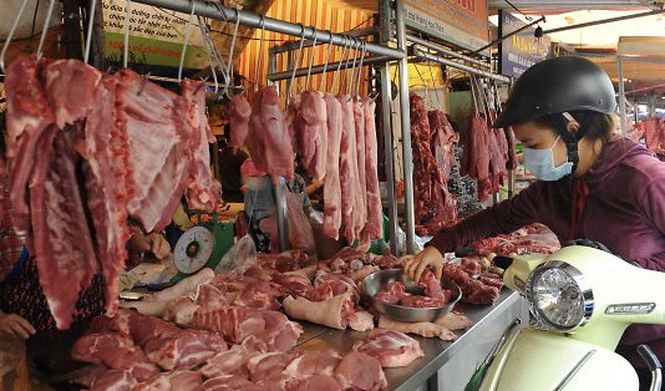
Thanh, a resident of District 10, Ho Chi Minh City, says she carefully evaluates freshness by inspecting the stickiness and color of pork and beef before making a purchase.
"I rarely buy pork and beef in the supermarket because the meat sold there is not as fresh as what I see at the morning market near my house,” Thanh said.
Many Vietnamese consumers share Thanh’s mindset, considering what they believe is freshly slaughtered meat – meat still warm and deep red in color – as fresher, more nutritious, and safer than frozen meat.
Nguyen Ngoc An, general director of Vietnam’s top food processor Vissan, said one of the biggest difficulties facing frozen meat is educating consumers on its benefits.
Even in urbanized areas like Ho Chi Minh City, a mere 20 percent of fresh meat, fish, and vegetables are bought at modern commercial outlets, compared to the 80 percent of ‘fresh’ foods being purchased at traditional markets.
Frozen meat is safer
The United States Department of Agriculture suggests that unprocessed frozen meat and poultry have the potential to maintain their quality due to their ability to keep moisture during cooking.
Meat sold at traditional markets is usually slaughtered the night before going on sale, transported to wholesale markets, and finally distributed to wet markets where it is cut, sliced, formed, and packaged.
Exposure to dirt and high temperatures during these steps creates an environment in which dangerous microorganisms can thrive and spread rapidly throughout each cut of meat.
Comparatively, the process of slaughtering, packaging, and distributing frozen meat takes place entirely in conditions between 5 and -40 degrees Celsius, a temperature at which no bacteria is able to contaminate the meat.
“Even if consumers buy red meat at the market and store it in their refrigerator, it is not as safe as frozen meat from industrial slaughter facilities,” explained Pham Duc Binh, director of Thanh Binh Feedmill Co., a company specializing in the production and supply of chickens and swine.
In a bid to curb the amount of unsanitary meat being advertized as ‘fresh’ in the country’s traditional markets, Vietnam’s Minister of Agriculture and Rural Development stipulated in 2012 that pork could only be sold within eight hours of being slaughtered. However, the stipulation was quickly lifted due to the unreadiness of retailers and strong opposition from suppliers.
Catching up to the new consumption trend
Some companies are preparing to embrace the growing desire among Vietnamese consumers to purchase safer meat.
Thanh Binh Feedmill Co. is currently researching new freezing systems to ensure food safety for their pork and enable consumers to easily trace the origin of each piece of meat they purchase.
Luong Quang Thi, director of ABA Cooltrans Co. Ltd., told Tuoi Tre (Youth) newspaper that about 3,500 retailers and supermarkets across Vietnam are doing their part to create consumer awareness of the necessity of freezing storage.
“The more these channels advertise a freezing storage process, the more widely frozen pork, fish and beef will be made available,” he said.
Thi believes that frozen supply chains will help keep the product at top quality, from slaughter to consumption, creating added value rather than expenses.
Other companies, such as Greenfeed Vietnam subsidiary Feddy JSC, are gearing up for changes amongst Vietnamese consumption trends by opening shops dedicated entirely to the sale of frozen meat in Ho Chi Minh City, with future plans to expand to Hanoi and Da Nang.


